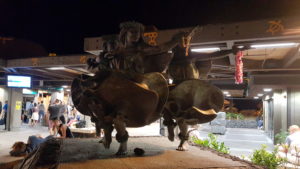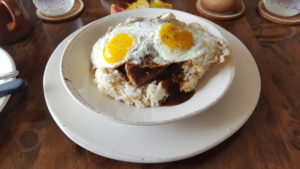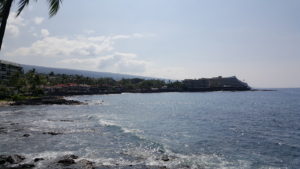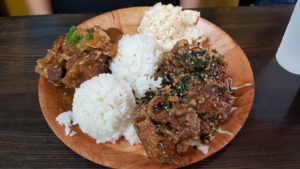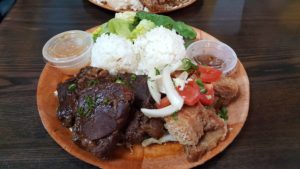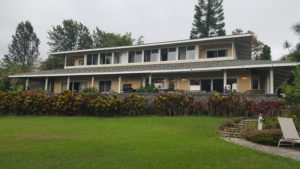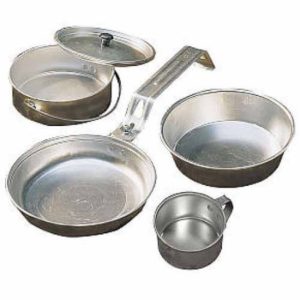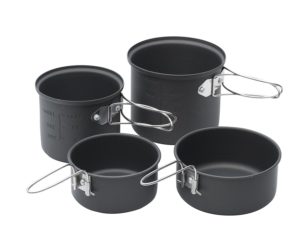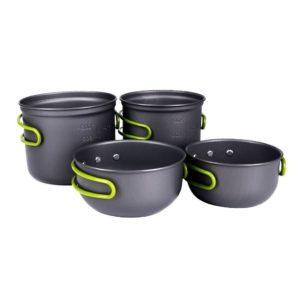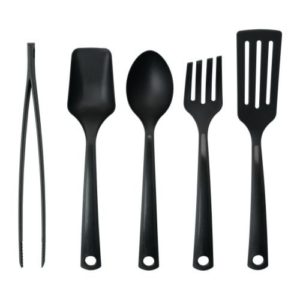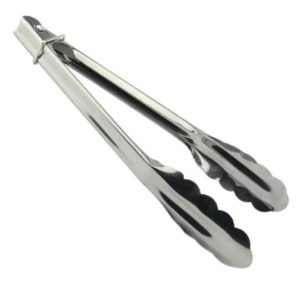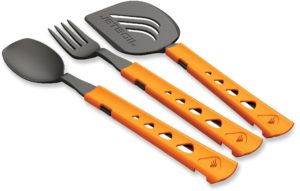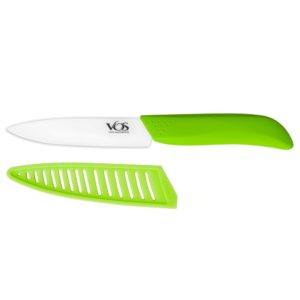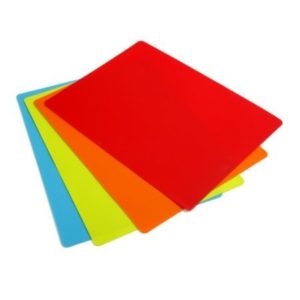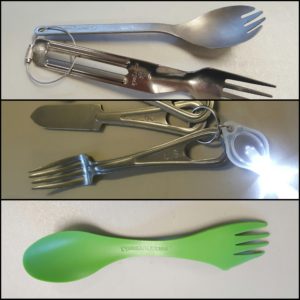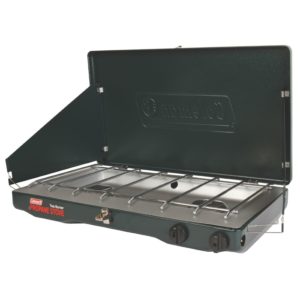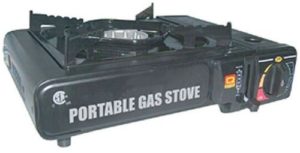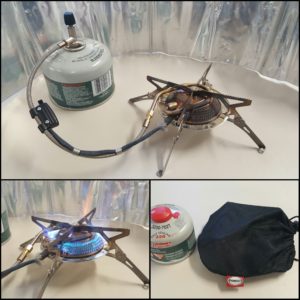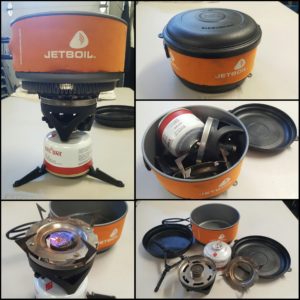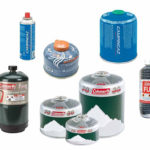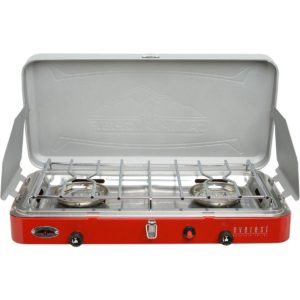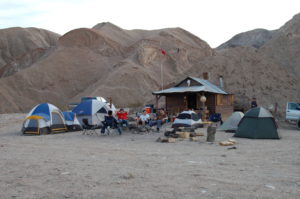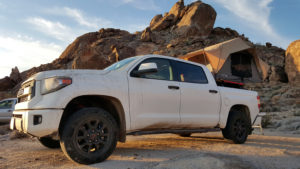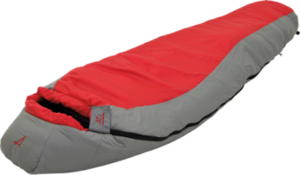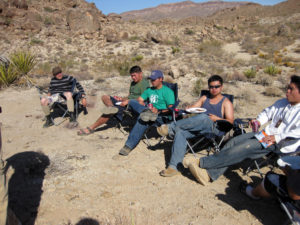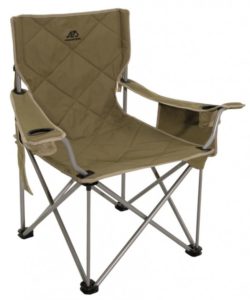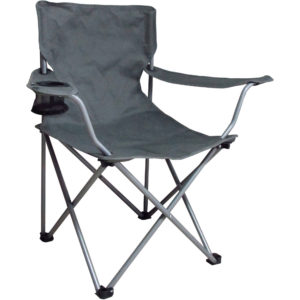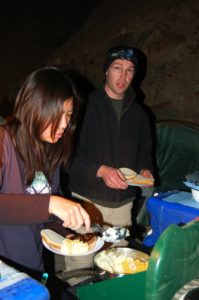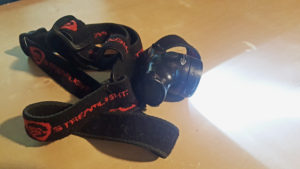With our friends headed to Oahu this month I thought I’d compile some of our favorite places to eat and visit on the island for them and for you who might stumble upon this site looking for some Hawaiian style adventure! So here’s part one covering the most important part of any great vacation… the food!
Poke
Ono Seafood – 747 Kapahulu Avenue, Honolulu
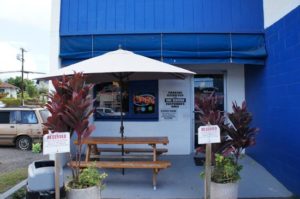
Poke is available at a lot of places in Honolulu and I advise trying them all, but that’s just me as I love poke when I’m on the islands. Poke here in Los Angeles can run the gamut of chewy and tasteless to the highest compliment, “almost Hawaiian”. In fact, so far we really can only recommend Pokinometry located in Anaheim, although our friends have recommended a place in Chino Hills that we’ll have to try out. Anyway… there are a lot of places that sell poke, and there are many places that have been touted as the best. But really the best in our book is Ono Seafood. The real difference here is the fresh fish and the fresh preparation. Most places have their poke made in advance and so if you don’t get it immediately after it’s made the marinade tends to toughen up the raw fish. Eventually, the moisture in the fish is drawn out by the salt in the sauce and dilutes the flavor. Ono Seafood is a hole-in-the-wall store located immediately next to a non-descript apartment building on Kapahulu Avenue. Easily confused with Ono Hawaiian Food which is just a block away towards Waikiki on the same street. Upon entering you’ll notice that the place is very small, in fact, it’s downright tiny! To your left is a refrigerator variably stocked with dried and smoked seafood pupus but ignore that for now. First check out the menu and select your fish and then choose one or all of the following to mix in: white or green onion, hawaiian salt, chili pepper, kukui nut, sesame oil, ogo or shoyu. The last time we were there I went simple with the Ahi, green onion, sesame oil and shoyu while Irene went with the Tako, hawaiian salt, chili and kukui nut. You really can’t go wrong, try a few different combinations! Forget trying to eat it there, take it to go but remember that this stuff definitely has a limited shelf life so enjoy quickly!
Malasadas
Leonard’s – 933 Kapahulu Avenue, Honolulu
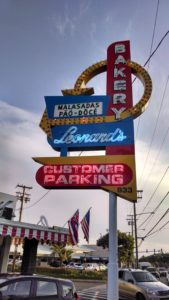
Although Malasadas arrived with Portuguese immigrants in the late 19th century, the doughy treats didn’t gain popularity until 1946, when Leonard Rego began selling his Portuguese Doughnuts in Honolulu. Deep fried and rolled in sugar and either left plain or filled with your choice of cream, haupia (coconut), guava or dobash (chocolate). They are slightly crispy on the outside and soft and fluffy on the inside and when you can get them warm, they are heavenly…
Breakfast
Goofy Cafe and Dine – 1831 Ala Moana Boulevard, Suite 201, Honolulu
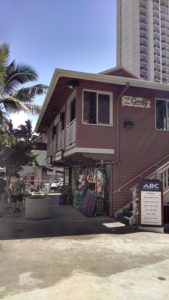
The wooden paneled walls, ceiling fans and racked surfboards make you feel like you’re hanging out at a beach house so you really start to get the feel for the islands here. They offer both healthy and hearty breakfast options and feature locally grown and sourced menu items. I loved their loco moco which is a local dish of a ground beef patty on top of rice topped with gravy and a fried egg. The French toast here was definitely Instagram worthy! Parking is tough here just like anywhere else in Waikiki so be prepared to walk a little.
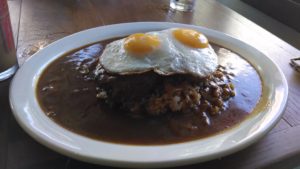

Eggs N’ Things – 2464 Kalakaua Avenue, Honolulu
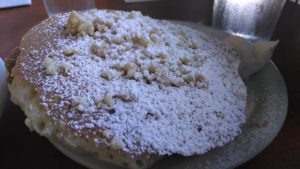
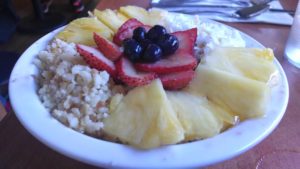
The pancakes here are not to be missed and when you are on the islands you really only have the one choice, macadamia nut everything! The other item we tried was the acai bowl, very popular here on the islands. Its basically a super tick acai berry smoothie topped with a generous amount of fruit and granola and are very refreshing! This location has an upper seating area that provided an excellent morning view above the street if you are lucky enough to grab a window table. This place is busy so be prepared for a wait even at off times.
Fast Food
Zippy’s – 22 locations on Oahu
Offering local comfort foods like the loco moco and teriyaki cheeseburgers, alongside staples like their famous chili, as well as a Zip Pac bento, filled with your choice of teriyaki beef, Spam, fried chicken, or mahi mahi on rice, sprinkled with furikake and a slice of daikon. These stores are found throughout Oahu and are a much better choice than your typical fast food. While the smaller mom and pop lunch places can have better food, Zippy’s offers convenience and consistency and some nice local plates.
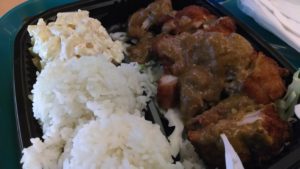
Musubi
Musubi Cafe Iyasume – 5 locations on Oahu
 Spam Musubi can be found at almost every Hawaiian plate lunch restaurant on the islands. Consisting of pan fried slice of spam on top of rice with a wrap of roasted seaweed. These little handheld snacks are perfect for a quick bite on the go! Musubi Cafe features more than 35 types of musubis including 10 different kinds of spam musubi! They have more on their menu than just musubi, including bentos, beef, curry and salmon bowls, miso soup and more. Don’t wait for one of their few tables, take your order to go and eat at the beach!
Spam Musubi can be found at almost every Hawaiian plate lunch restaurant on the islands. Consisting of pan fried slice of spam on top of rice with a wrap of roasted seaweed. These little handheld snacks are perfect for a quick bite on the go! Musubi Cafe features more than 35 types of musubis including 10 different kinds of spam musubi! They have more on their menu than just musubi, including bentos, beef, curry and salmon bowls, miso soup and more. Don’t wait for one of their few tables, take your order to go and eat at the beach!
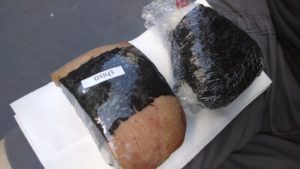
Noodles
Marukame Udon – 2310 Kuhio Ave #124, Honolulu
 There is almost always a line out the door but this casual self-service style restaurant is well worth the wait. These aren’t your typical udon noodles either, prepared in the Sanuki-style known for its backbreaking process that results in a delicious noodle with a great tooth. As you wait, watch the cooks prepare the fresh dough into thick noodles. Pick from an assortment of unique dishes, including curry, niku, kamaage, or zaru udon. Once you’ve ordered your udon pick from an array of tempura and find a spot to quickly slurp down your noodles!
There is almost always a line out the door but this casual self-service style restaurant is well worth the wait. These aren’t your typical udon noodles either, prepared in the Sanuki-style known for its backbreaking process that results in a delicious noodle with a great tooth. As you wait, watch the cooks prepare the fresh dough into thick noodles. Pick from an assortment of unique dishes, including curry, niku, kamaage, or zaru udon. Once you’ve ordered your udon pick from an array of tempura and find a spot to quickly slurp down your noodles!
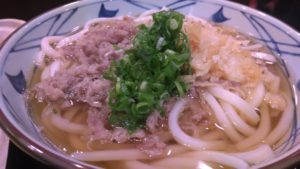
So this is just a start of the many awesome eats you can experience in Oahu, I’ll be posting the next part that covers some activities and sights soon!
Follow us on instagram @adventurenotincluded or for more photos, check out our Flickr album here.
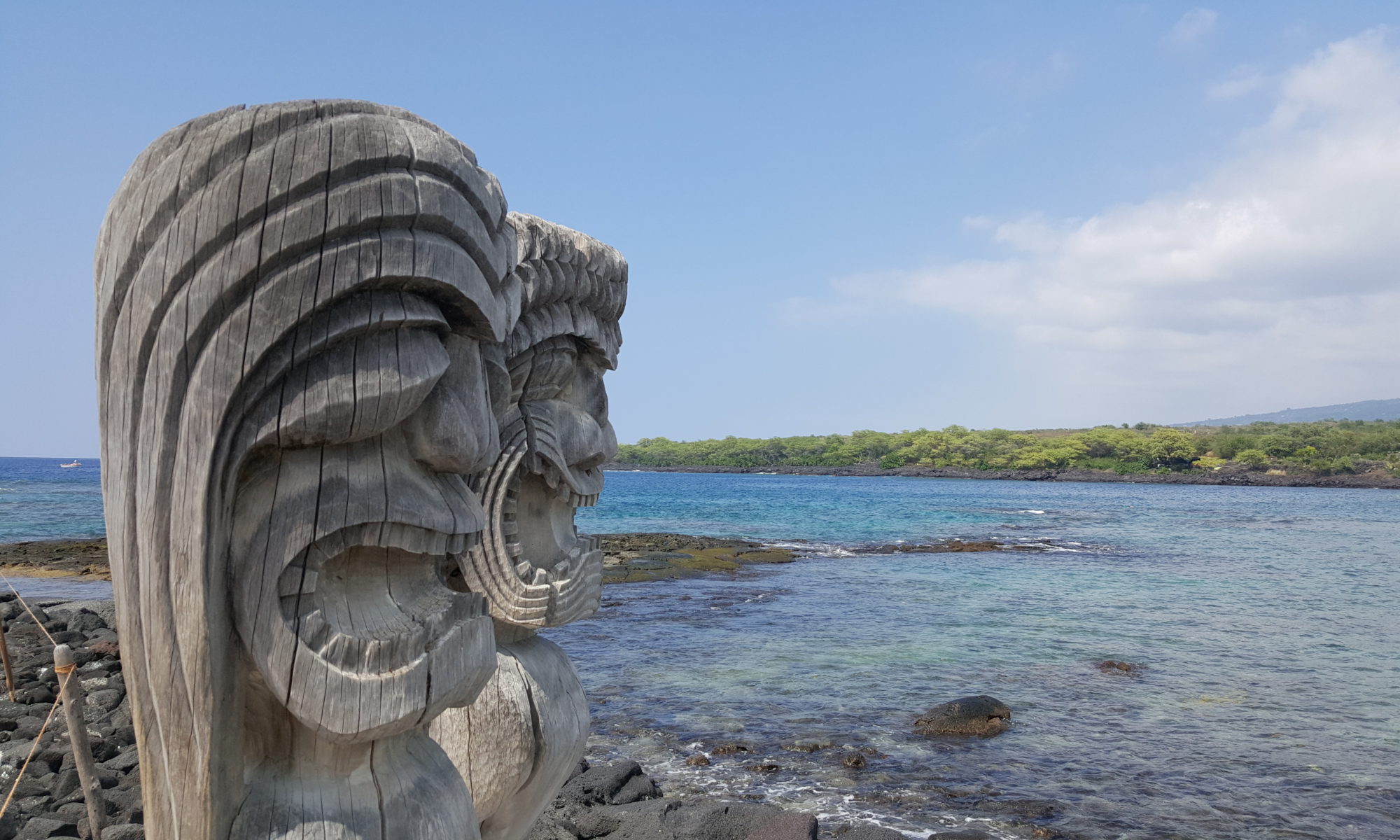
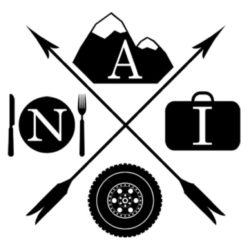
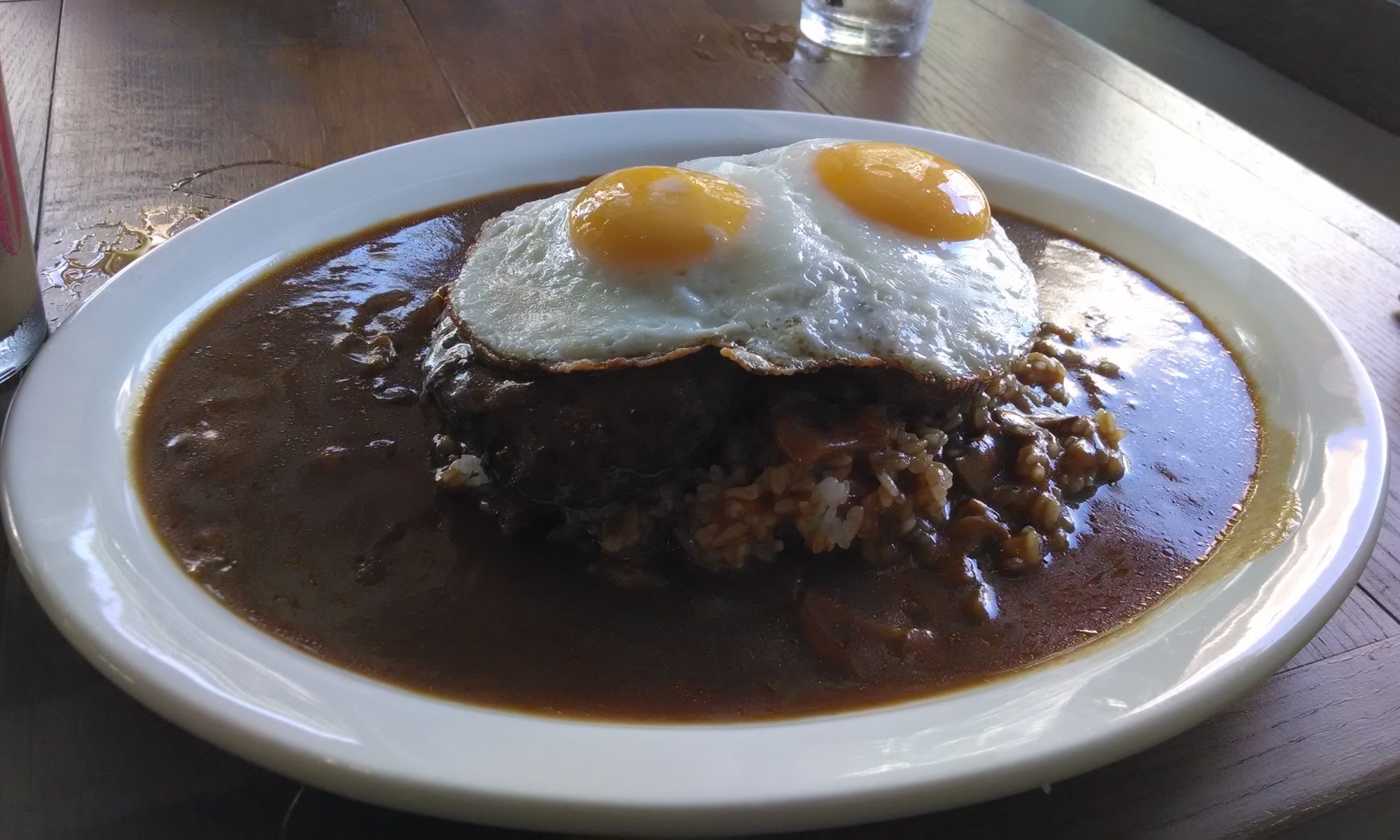
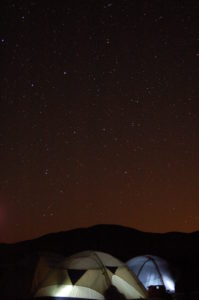
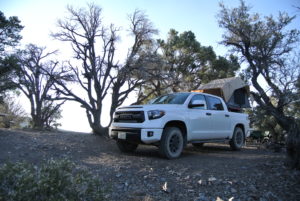
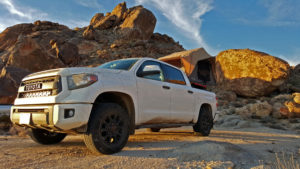
 Consider food options with minimal packaging or repack your foods in resealable, reusable containers to reduce the amount of trash you generate.
Consider food options with minimal packaging or repack your foods in resealable, reusable containers to reduce the amount of trash you generate.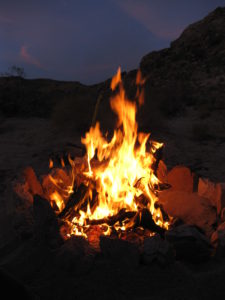 Observe all fire restrictions and observe all rules regarding fires according to the area that you are camping in. If you build a fire, use existing fire rings or use a fire pan. If allowed, use only fallen timber for campfires, do not cut standing trees or limbs. Keep a 10-foot diameter area around the campfire clear of any flammable materials and make sure there aren’t any tree limbs or flammable objects hanging overhead.
Observe all fire restrictions and observe all rules regarding fires according to the area that you are camping in. If you build a fire, use existing fire rings or use a fire pan. If allowed, use only fallen timber for campfires, do not cut standing trees or limbs. Keep a 10-foot diameter area around the campfire clear of any flammable materials and make sure there aren’t any tree limbs or flammable objects hanging overhead.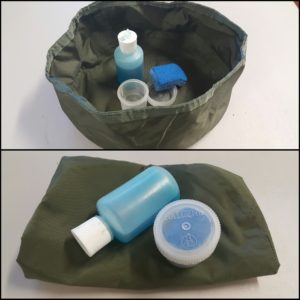
 In areas without toilets, use a portable latrine if possible and pack out your waste. If you don’t have a portable latrine, you may need to bury your waste. Human waste should be disposed of in a shallow hole six to eight inches deep at least 200 feet from water sources, campsites or trails. Cover and disguise the hole with natural materials. It is recommended to pack out your toilet paper. High use areas may have other restrictions, so be aware of local regulations.
In areas without toilets, use a portable latrine if possible and pack out your waste. If you don’t have a portable latrine, you may need to bury your waste. Human waste should be disposed of in a shallow hole six to eight inches deep at least 200 feet from water sources, campsites or trails. Cover and disguise the hole with natural materials. It is recommended to pack out your toilet paper. High use areas may have other restrictions, so be aware of local regulations.
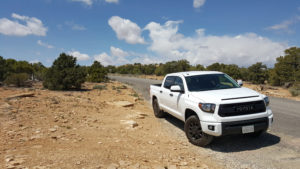
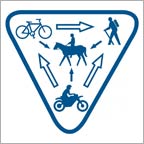
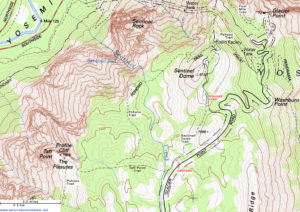
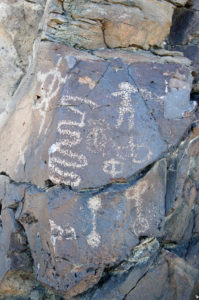
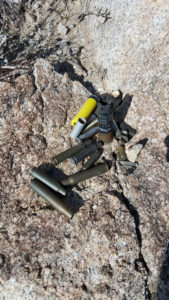
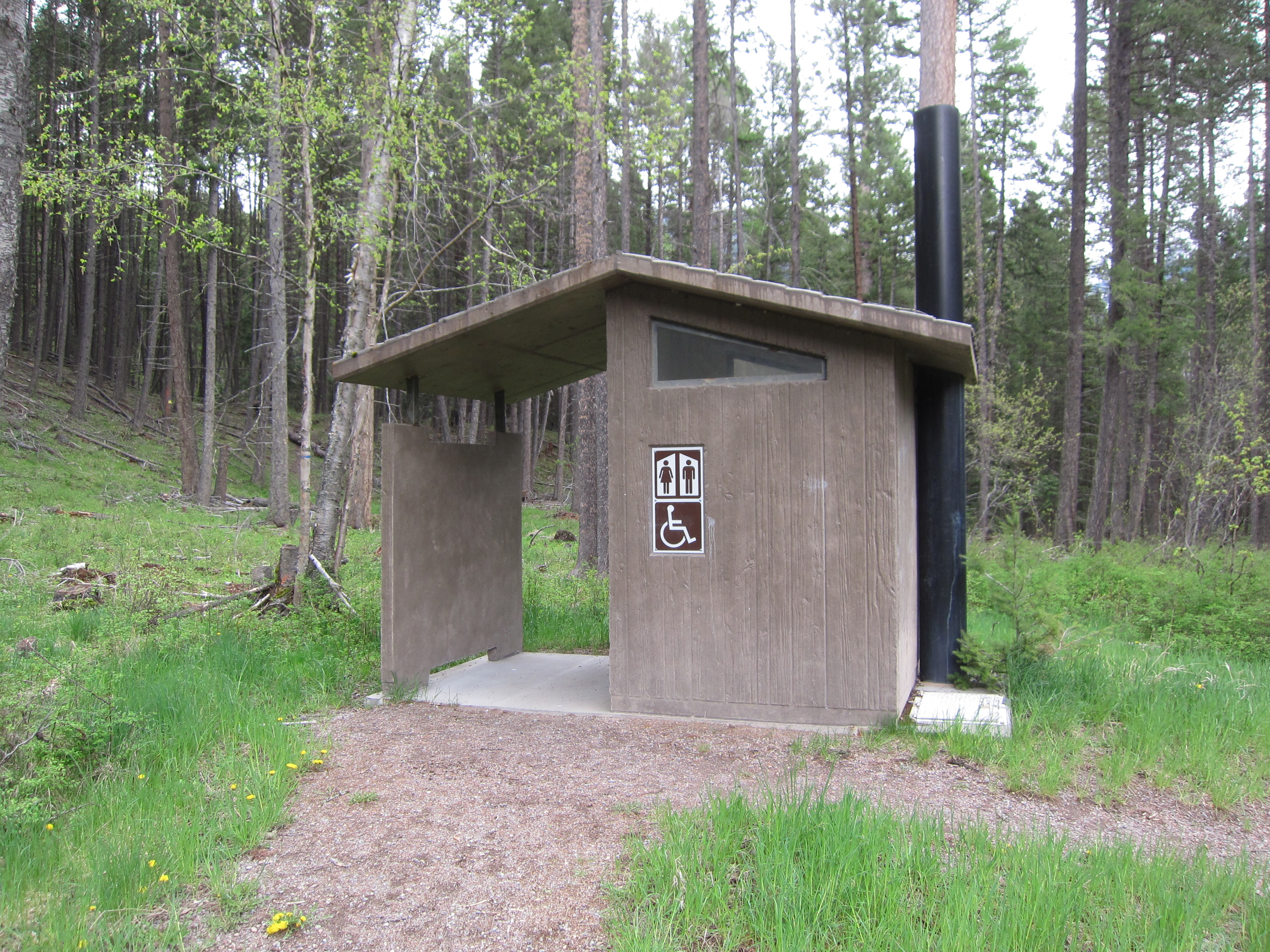
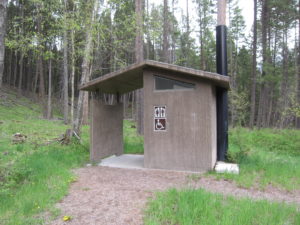


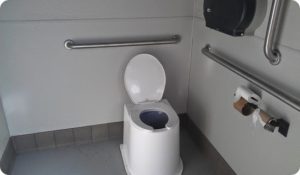
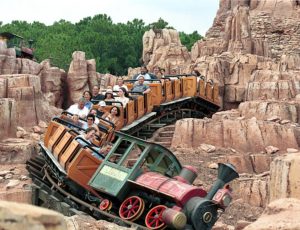
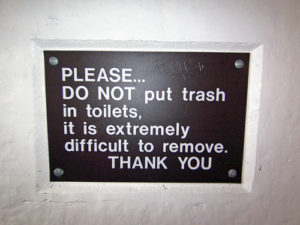
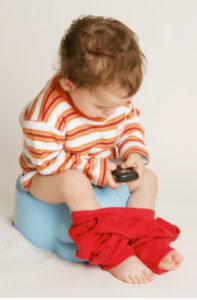

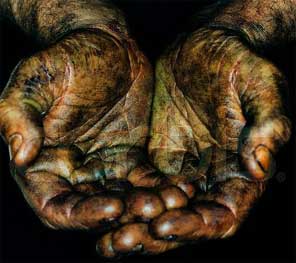
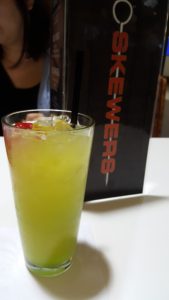 My wife’s family have never really traveled much together and we decided about a year ago to try to have a family trip to Hawaii. So after much planning and waiting we were finally ready to go! Quick shuttle ride to LAX, breeze through security thanks to TSA PreCheck and we sat down for a nice lunch at Skewers, right next to our gate. Just a note about the TSA PreCheck, earlier this year we had decided to sign up for GlobalStar as we had a trip to Paris planned for May. Included in the GlobalStar program is enrollment into the TSA PreCheck program as well. The application requires a thorough background check, interview and a $100 fee. The ease of returning from France, going through immigration and customs was well worth the effort. The ability to use the TSA PreCheck lines through the airport security is a nice perk as well. Going and returning to LAX we only one person in front of us in line at the security checkpoint. I just wish that people would read the TSA PreCheck instructions and familiarize themselves with the process. Both times the people in front of us had no clue what to do, which is frustrating as the short wait would have been halved if they knew what they were doing… oh well, what can you do?
My wife’s family have never really traveled much together and we decided about a year ago to try to have a family trip to Hawaii. So after much planning and waiting we were finally ready to go! Quick shuttle ride to LAX, breeze through security thanks to TSA PreCheck and we sat down for a nice lunch at Skewers, right next to our gate. Just a note about the TSA PreCheck, earlier this year we had decided to sign up for GlobalStar as we had a trip to Paris planned for May. Included in the GlobalStar program is enrollment into the TSA PreCheck program as well. The application requires a thorough background check, interview and a $100 fee. The ease of returning from France, going through immigration and customs was well worth the effort. The ability to use the TSA PreCheck lines through the airport security is a nice perk as well. Going and returning to LAX we only one person in front of us in line at the security checkpoint. I just wish that people would read the TSA PreCheck instructions and familiarize themselves with the process. Both times the people in front of us had no clue what to do, which is frustrating as the short wait would have been halved if they knew what they were doing… oh well, what can you do?